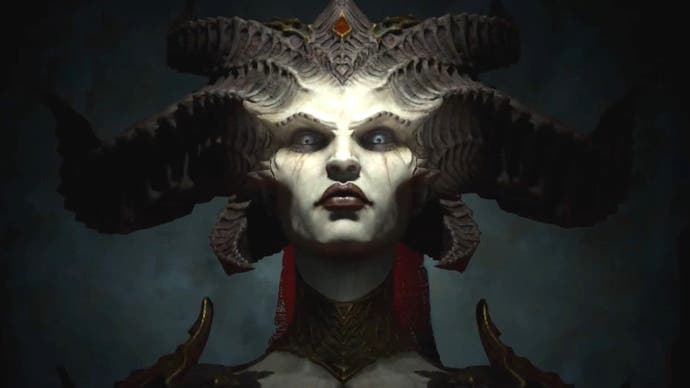I've spent 10 hours with Diablo 4 and I'm sold - it's been worth the wait
Hell, it's great.
There's now an accompanying Blizzard interview to go with this piece, in which we talk about the build I played and much more besides.
I had my doubts. I had questions circling in my head since I first played Diablo 4 at BlizzCon 2019 - was it really that long ago? - and I've had questions about the need for a big new Diablo at all. But after 10 hours with it from the beginning of the game, I can see what kind of shape it's taking, and I like it. I like the tone, I like the mechanics, I like the world. There are some things I can't see but overall this is, plainly, the next generation of Diablo.
Curiously, it's the world that really stays with me most about it. Perhaps this shouldn't be a surprise given that an open-world is one of the big new things about Diablo 4, and at every PR-beat, Blizzard has told us how much it wants the world to feel dark, like the earlier Diablo games. Diablo 3 had a more cartoon edge to it, a kind of Warcrafty tinge.
And it's true, Diablo 4 does feel darker, not in a literal lighting sense, but in a moodier sense. It's grim and unsettling. It's dour and desaturated. It's a fantasy world that's always raining and windy - a grey-hued world of mud and weather-beaten people. A harsh world of harsh realities. I can't think of a better comparison than Game of Thrones in the North in this regard: an unflinching place where people don't smile much. It feels like that.
Diablo 4, more than any other game in the series, really takes the time to root you in it, too. There are flashy cinematics at special moments that can be quite disturbing, but it's the in-game cutscenes, where the camera flies down to better frame what you're seeing, it really comes from. Honestly, I never normally pay any attention to these in Diablo games. They're just flavour against the backdrop of mass slaughter. But it feels like Diablo 4 wants us to spend a bit more time with them here.
One scene that stands out from the beginning of the game involved being duped, drugged, and then carted off by a whistling villager to a shed where he clearly intended to cut me up and sacrifice me. What struck me about it was how unhurried it - and he - was. Its normality made the whole thing seem twice as unsettling, as though the game were saying hey, this is how it is around here - this is the world you're playing in.
It's this unhurried nature that really makes Diablo 4 feel starkly different to the most recent Diablo game, Diablo Immortal. That game was in a hurry to impress you, throwing spectacular encounters at you and showering you with rewards. Making it so exciting you couldn't look away, as a free-to-play game has to, before revealing a grind later on.
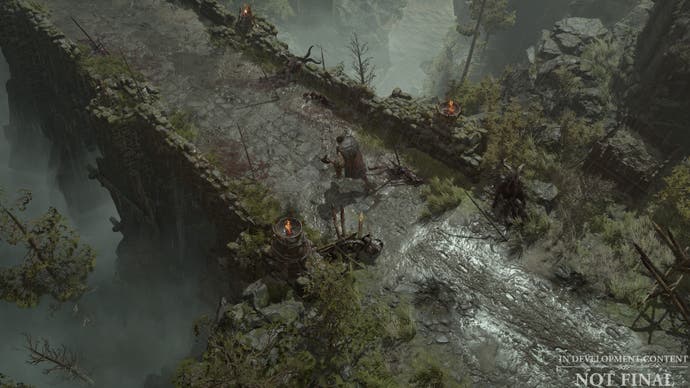
But Diablo 4 doesn't do that, it lets things breathe. It lets the world breathe as you're introduced to it, and it lets you breathe as the world introduces things to you - mechanics, rewards, ways to play the game. There's no rush here, which I really like, and there's a huge feeling of confidence that comes from it, as the game lets things gently build.
None of this is to say that Diablo 4 is boring - far from it. I'm particularly impressed with how the game manages to make combat feel challenging and exciting from the beginning - something Diablo 3 was hopeless at. This has a lot to do with the new World Tier difficulty options available. There are two you can choose from at the beginning, and the harder you go, the better your rewards will be. But if you do go harder, be prepared to die, not all of the time, but I died a handful of times against bosses, and some clusters of elites. (World Tier levels can be changed in-game from World Tier statues in towns, by the way. If you're grouped, the party leader determines the world state.)
It's not just a difficulty thing, though. It feels like Diablo 4 understands better how to make enemy encounters as a whole more exciting and challenging. Enemies themselves have been refreshed or redesigned, or are completely new - my favourites are the Broodlord vampires, which look like levitating Nosferatus and teleport around the area in a puff of smoke and bats, making them really hard to get to. And enemies knocking you down or freezing you, or otherwise making you unable to heal, is a particular danger here.
But there's a sense of fun in it all, too - a realisation of when Diablo feels best. Take the ghouls: they're squishy and unremarkable on their own, so the game throws 15 of them at you at once so you can smash them all to smithereens and feel like a badass.

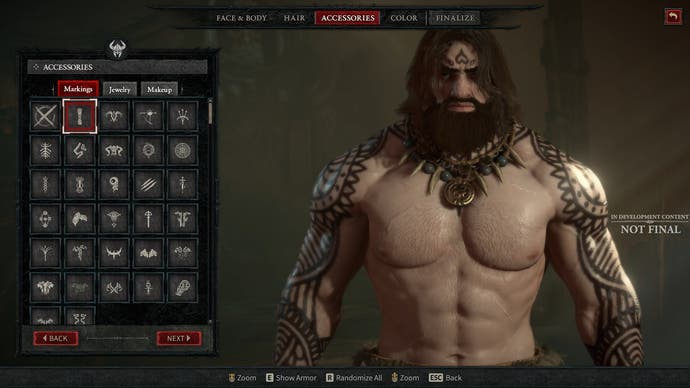
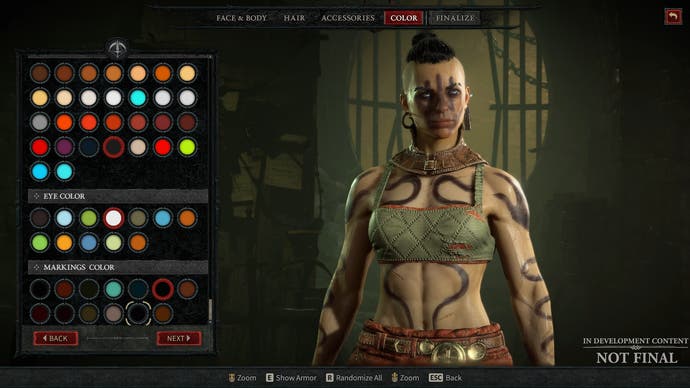
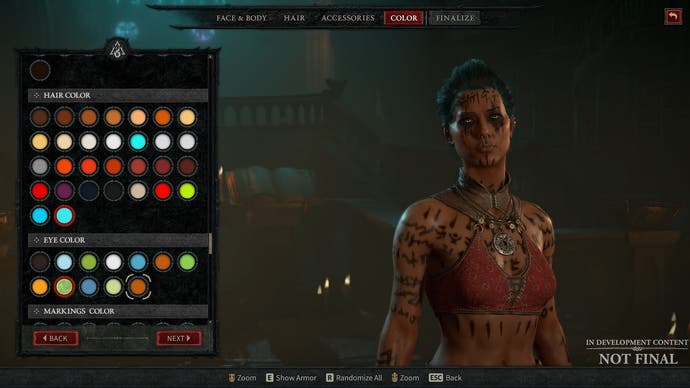
This understanding extends to how Blizzard fills the open world. You'll find small mini-dungeons for short bursts of action, layered alongside larger mini-zones for longer delves. And they'll be nearby ringed areas on the map representing world events, which are usually a variation of wave-based attacks you either have to survive, protect someone against, or beat in a limited amount of time. And they all increase in difficulty and climax in a mini-boss, then reward you with a big chest of loot on top of whatever the enemies dropped. It's enemies, enemies, enemies, loot, loot, loot. It's Diablo at its best.
Accompanying this are exclamation-mark sidequests to pick up in town or out in the world, often leading to an instanced dungeon of their own, and the more lavishly scripted main quests, with cutscenes and cinematics of their own. And it all adds up to a world full of stuff to do, and one that can distract you for hours at a time. After 10 hours, at level 22, I feel like I've barely seen any of it. This place is massive, and you're going to be here for a very long time.
That's the world, and my only real critique of it is that no mounts were available in my build to ride around it on, and it feels it's designed for them. I'm also not sure about having to retrace my steps out of dungeons after I've cleared them, which adds more time on - why are there no portals back to the top?
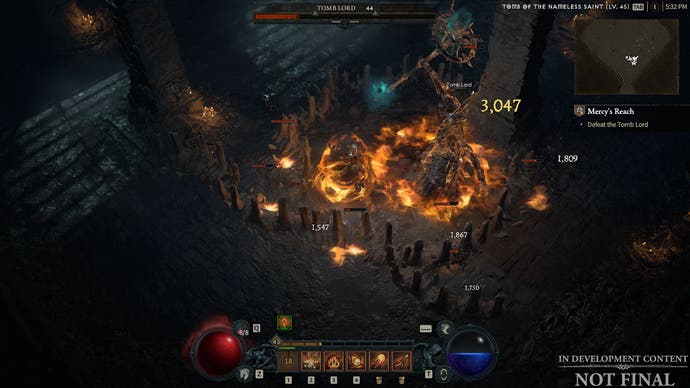
Enticing you to explore the world is a new system in the game called Aspects. These are unlocked from a Codex of Power for doing things like conquering a dungeon you find somewhere. Aspects themselves are buffs like you find on legendary items, and once unlocked, can be applied to items at an Occultist - a new vendor type in the game. Effectively, this means you can make rare (yellow) items into legendary (orange) ones, and it gives you more versatility in tailoring character builds.
Versatility can be seen plainly in the skill system in the game too. It's much deeper than Diablo 3. It's based around a skill-tree system, which slowly opens up as you spend more points in it, but there are branches and permutations far beyond the capacity of points you'll have to spend on them, meaning you'll have to specialise. It's such a dizzying amount of choice you can even filter it by keywords, and I think the game expects you to be constantly changing your mind because it offers you respecs directly from the tree itself.
As excited as I am by what I've played, then, it's important to remind you that there are things I haven't seen in this build that are crucially important to the vision of Diablo 4. Namely, the shared world, which other players run around and play in alongside you. I only saw a couple of other players in town in the time I played, and after we performed a few emotes, and traded some elixirs, we went on our way.
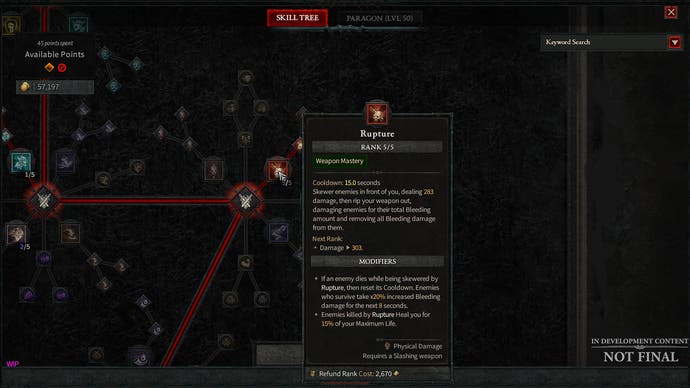
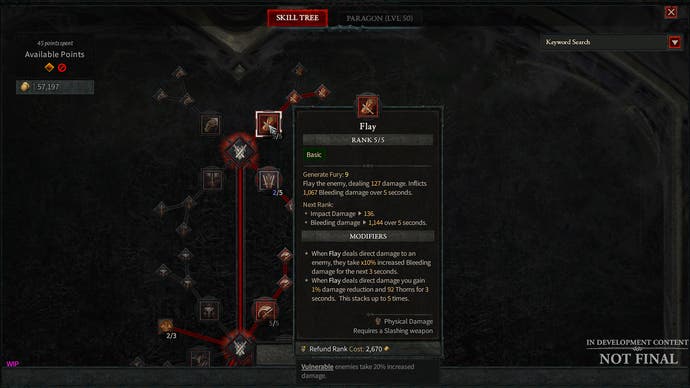
I didn't see any world bosses either, and these are a Big New Thing for Diablo. They are like organic raids - huge encounters that will serve like a magnet for pulling people together. I remember encountering one at BlizzCon 2019 and it was a proper spectacle. And while one was added to this earlier part of the game for us to see (they normally appear later, when you're approaching the endgame, at around character level 45), it was too rare for me to see.
I also haven't tried the Adventure Mode-like Whispers system, or the Nightmare Dungeons, or the Helltide areas, or the Fields of Hatred PvP, all of which will shape the endgame in Diablo 4.
What I have tried, though, was a reassuringly single-player Diablo experience. One in which you can see a generational difference between it and the Diablo experiences that have come before. It's in how the game looks but also in how the game feels: like it's one big thing, one big world, and one with big ideas about how people collaboratively play it. There are still question marks but there are also now some answers, and perhaps the biggest one is whether Diablo 4 will be worth the wait, and on this evidence, yes, absolutely, it is.
